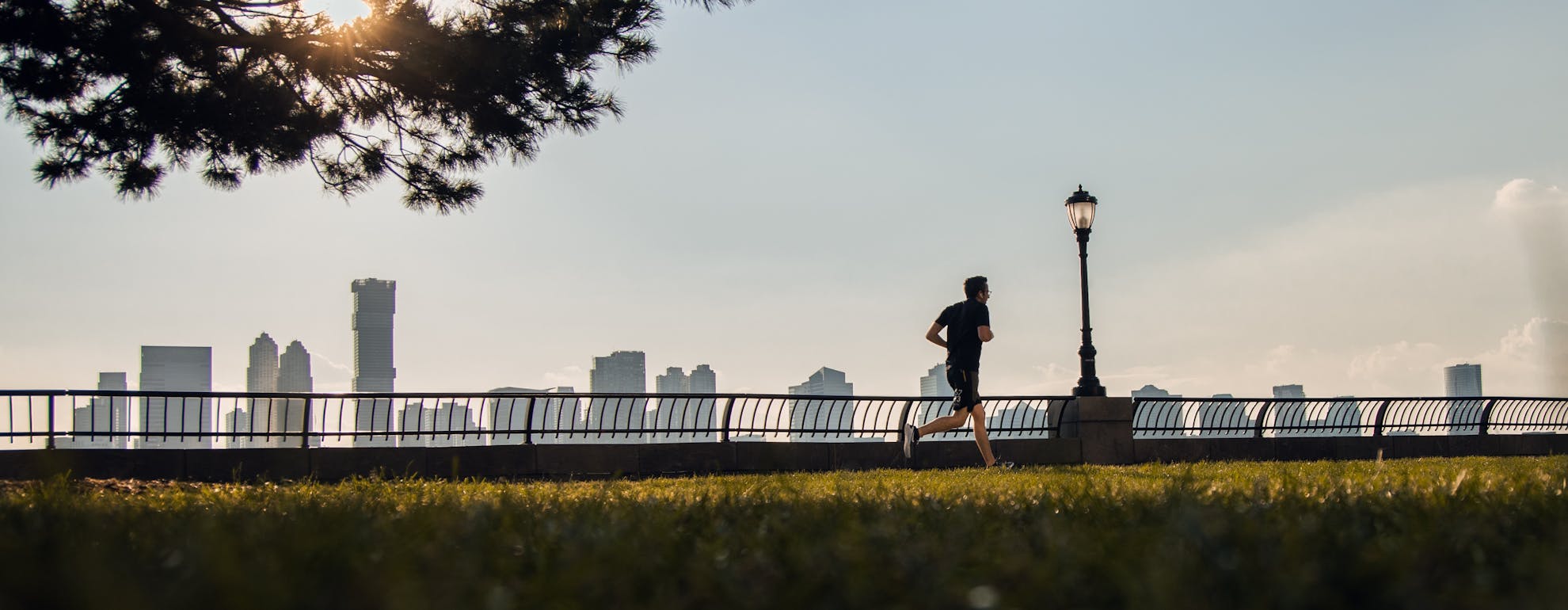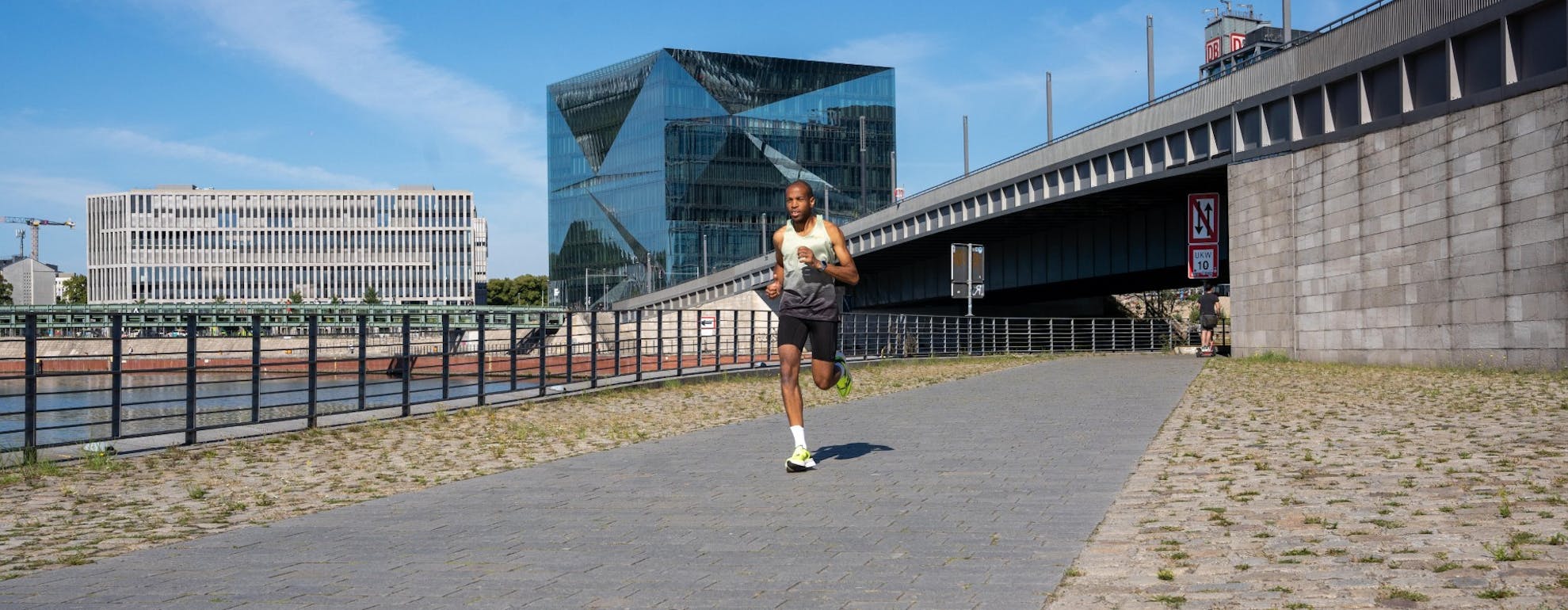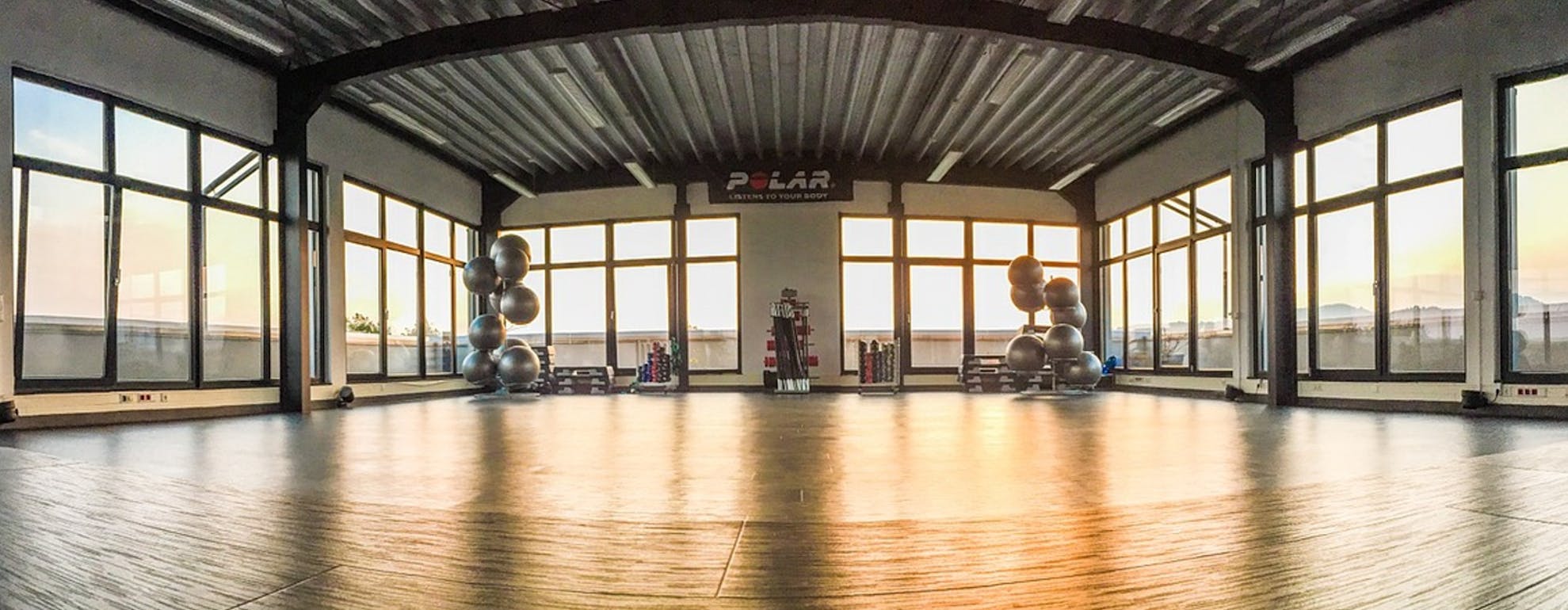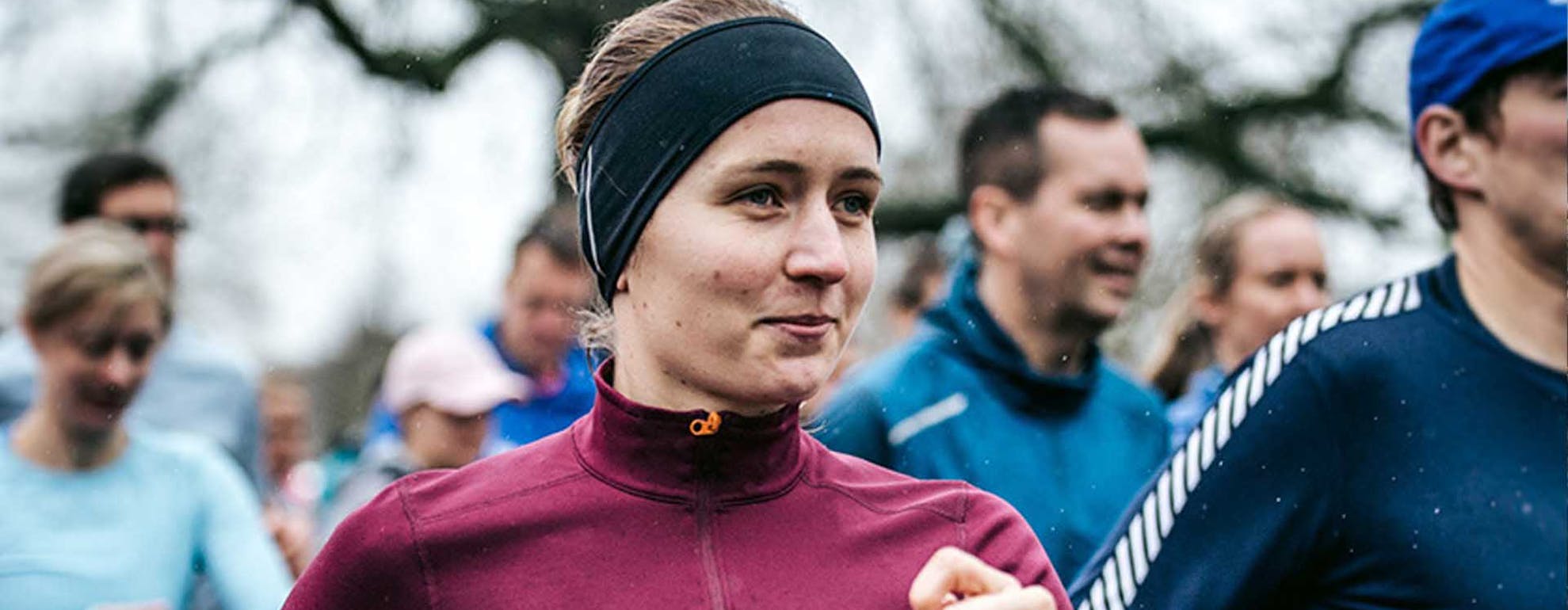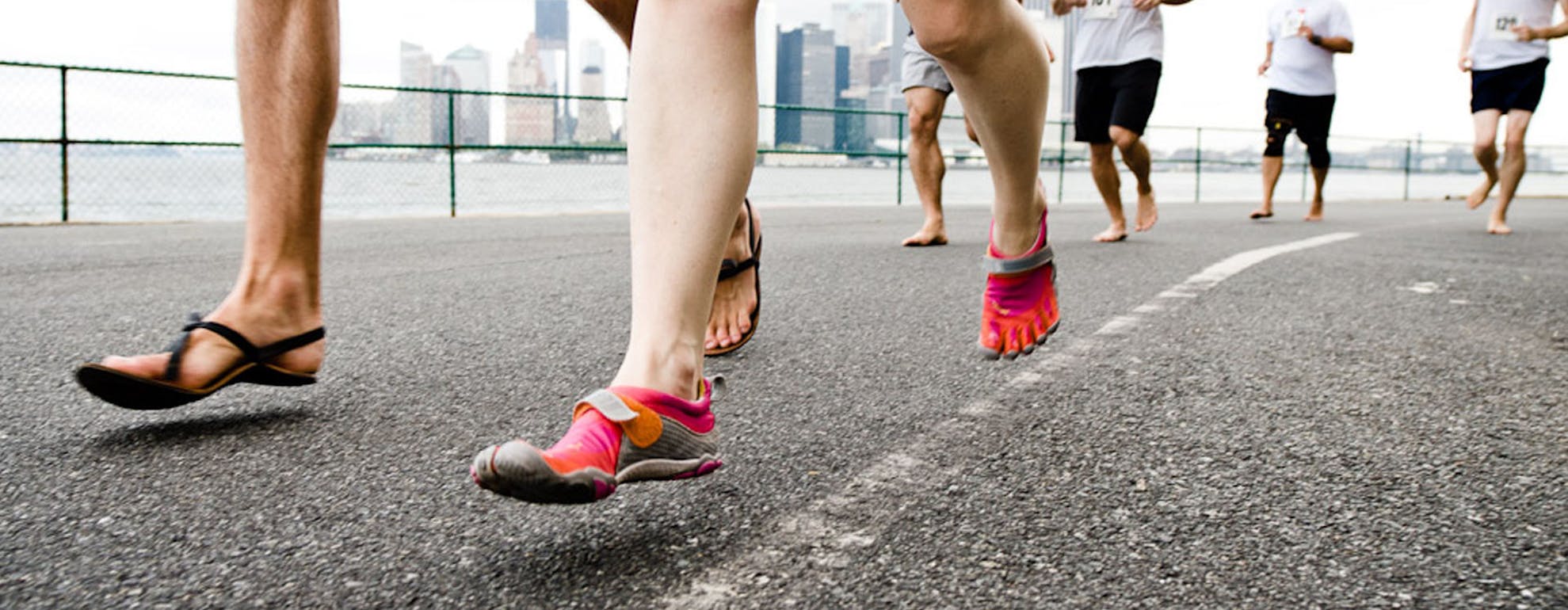
Is Barefoot Running Good For You?
Since the 1960s, athletes have been competing in races barefooted, setting a trend and demand for minimalistic running shoes. The idea being that with natural, 'shoeless' running, the lateral edge of the human forefoot is the part which strikes the ground with the most force. Running in padded shoes typically alters this as more emphasis is placed on the heel and the area towards the back of the foot - which has been claimed to cause more stress on the heel, knees and hips. Therefore, many athletes became interested in the sport to strengthen the foot and help improve speed.
ㅤ
Explore our Barefoot Footwear Collection here
ㅤ
Is Barefoot Running still a thing?
While barefoot shoes are a long way off their peak numbers from back in the noughties, there is still a hard core of runners & walkers who swear by them. From Vibram Fivefingers range of running, trail, gym footwear to Merrell’s Nature’s Gym range of trail running and walking shoes there is still a range of shoes to cover most people’s requirements, if you want a little more protection, the Nike Free’s were always designed as a barefoot running shoe.
Whilst we see far less people buying barefoot shoes with the intention of running serious road mileage, they can certainly still have a place as part of someone’s overall training regime. If used properly, they have undoubted benefits in strengthening the ligaments and tendons in the feet and lower limbs, especially for walking, gym work and light trail running, more so than road marathons and ultra-distance events.
The main criticism of barefoot technology was largely based on people getting injured, most of which could be attributed to not transitioning for long enough from their more traditional running footwear. The science still makes as much sense as it ever did, but only if you have the patience to transition for a lengthy period of time - who can say having strong feet is not a benefit, whether in running, walking, court sports or just everyday life.
It’s suggested that these days you opt to complete your chosen activity in a more traditional shoe but use barefoot as an everyday training aid to help strengthen your body. Remember to slowly introduce barefoot shoes into your training routine, allowing your feet to adapt over time.
ㅤ
Choosing your Minimalist Shoes
The first consideration when choosing your first pair of minimalist running shoes is the thickness, or profile, of the sole and heel, as you want your feet to immediately sense and communicate to your brain the type of terrain you are on, adapting to a natural running style. Avoid shoes that have a built-up heel as these encourage you to over point your toes when running, which could lead to foot damage.
Secondly, think about the flexibility of the sole and check there is no arch support. Barefoot running is all about training your foot arch to naturally flatten so a stiff sole and arch support will only prevent the muscles from acting in this way. A good way to test this is by seeing if you can twist and bend the sole of the shoe with ease. Obviously, it needs to protect the sole of your foot from the environment, but flexibility allows your foot to become more familiar with the ground.
Thirdly, remember that the lighter the shoe the better. If the shoe’s weight is distributed unevenly (i.e. heavier at the toe or heel) it will cause a bias tendency in the way the foot moves with the shoe and go against its natural movement.
It is advisable to go for a midsole level to begin with. The Nike Free Run range has a helpful 10 point number scale which helps identify the thinness of the soles - for example models with a 3 in the name will be more flexible than those with a 10 (which is the thickness of an average running shoe), making the range a good starting point for first time minimalist shoe buyers.
For a more extreme shoe, then check out the Vibram shoe range - the industry leaders in barefoot running. Alternatively, Merrell also have a wide range of barefoot shoes, specifically designed to allow you to experience terrain with great grip and flexibility.
ㅤ
First Steps 'Barefoot'
As is normal before any running, stretch your hamstrings and calf muscles. It's a good idea to massage the arches of your feet as this helps in the breaking down of scar tissue and healing.
To begin with, it is a good idea to try wearing barefoot shoes on a hard, smooth surface such as a tennis court or running track - rather than a bumpy street. Your feet will naturally adjust to moving on this surface by forefoot striking, rather than the heel striking we tend to do in padded running shoes. Leave time between each wear and remember that training your feet to run in this way will take time, so build up distance gradually.
ㅤ
If at any point you experience pain, stop!
Due to the focus on footwear padding and support in today's shoes our feet have adapted to these luxuries as 'the norm', making barefoot running almost an unnatural, new feeling for us. Our feet have evolved to run in specialist shoes, so it will take time for them to adjust to minimalist running and they will be in discomfort to begin with. Sore, tired muscles are normal, but bone, joint, or soft-tissue pain is a signal of injury and if any of these occur, stop running immediately and see your chiropodist.
Minimalist shoes are very much an excellent training aid which can be incorporated into your running routine to great effect, but are not the be-all and end-all of your running routine. Going back to basics with barefoot running is an exhilarating experience and definitely one you should embrace – just remember to play it safe!
ㅤ
Explore our Barefoot Footwear Collection here
ㅤ
Looking for some training tips and advice? Then head over to our Training category where our athletes and experts explain everything you need to know.
Welcome
Welcome to the SportsShoes Training Hub! We’ve teamed up with athletes and experts to bring you the very best advice on how to maximise your workouts and achieve your best results.
Read More
Share this
Featured Articles
View All
